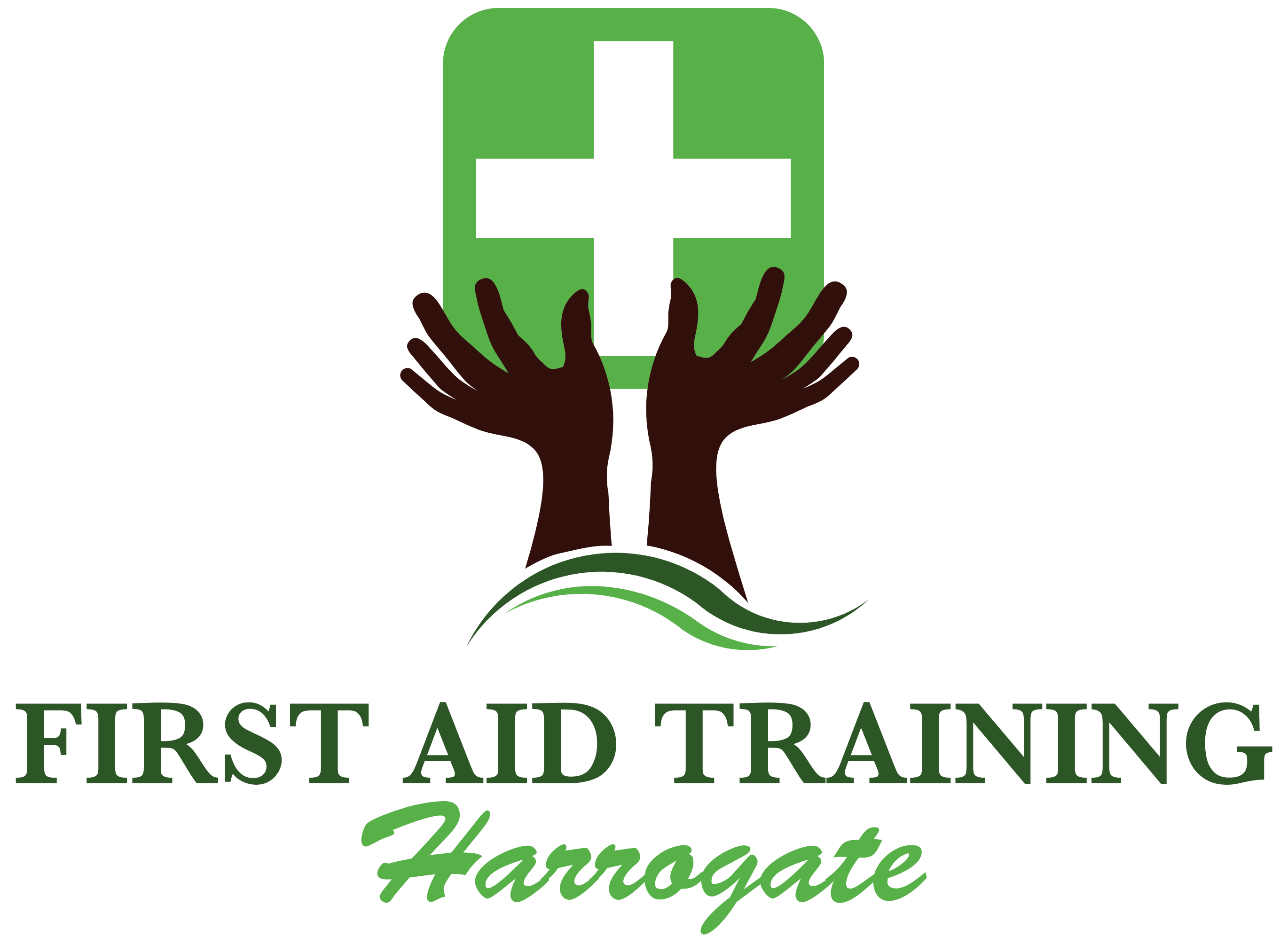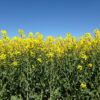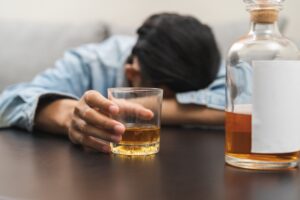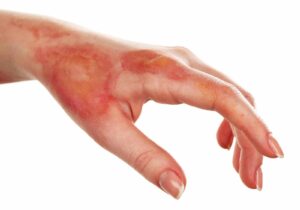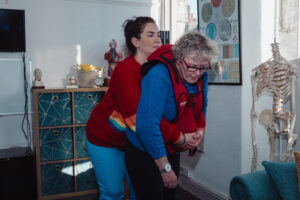Harmful household items to hide away from children
Toddlers and young children are naturally curious in nature and like to explore with everything they find. Unfortunately, some of the things they find are not always safe for them to play with and could even make them seriously ill or injured.
During this current period, when our kids are spending much more time inside the house than usual, it’s essential to ensure that any potentially harmful products and items are well hidden away out of their reach.
Here we explain some simple ways to keep your home and family safe from danger.
Store medicine safely
Opening up bottles and jars might seem like a fun game for toddlers, so it’s essential that any medication you have in the house is kept up in high cupboards or locked drawers.
Usually prescribed medications come in child-proof containers, so keep them in their dedicated packaging instead of decanting them into your own tubs and jars at home.
It’s not just adult medications that are toxic for children. Even their own kid’s medicines and daily vitamins could be dangerous if ingested in larger quantities than recommended, so never keep these in children’s bedrooms or play areas.
Keep cleaning products locked away
Cleaning products are responsible for 10% of all toxic exposures. And, much of this figure involves children under six who have ingested liquids that have been left on display.
A common place to keep cleaning products is under the sink, but this makes toxic products readily available for crawling toddlers who are on the same ground level. Therefore, child-safety locks on cupboard doors should be fitted to ensure little fingers are not able to open the doors and get access to cleaning products. Even when kids grow older, these safety locks serve as a reminder that these cupboards are always off-limits to them.
As well as keeping cleaning products locked away, it’s worth looking into non-toxic alternatives. Not only do these products reduce the risk of toxic exposure, but they could also reduce adverse reactions to your child’s skin including rashes, irritations and eczema flair ups – even when used safely. Now more than ever, there are many brands offering natural-based cleaning solutions, which offer all the same benefits for your home cleaning routine.
Hide alcohol and tobacco
Children inherently tend to copy their parents’ behaviours, therefore when it comes to alcohol and tobacco products, you don’t want your kids thinking these items are available to them too.
Alcohol must always be stored in high cupboards or on the top shelves of the fridge. Try to limit alcohol consumption around your children, and never leave glasses of alcohol unattended on tables or surfaces, as your child may get confused thinking it’s their own drink.
Cigarettes and tobacco should also be kept out of sight and out of reach, as well as lighters, matches and filters, which could all be hazardous.
Store DIY equipment in a locked shed or cupboard
As a nation of DIY enthusiasts, it’s common for households to have collections of half-empty tins of paint, varnish pots, oils and solutions – which could all be toxic if in the wrong tiny hands. Therefore, the preference would be to hide all DIY products in a locked shed outside the home or in secure cabinets in your garage or basement. Well away from view and reach.
As well as liquids and solutions, DIY tools such as screwdrivers, hammers, saws and drills can also cause serious injury too, so ensure these are always put back in locked cupboards after use. Never leave tools unattended – even if only for a few moments.
Be prepared for emergencies
Despite taking all the above precautions, accidents could still happen. Therefore, you should be prepared about what to do if an incident does occur in your home. This could reduce the impact on your child’s health and could even save their life.
If your child is showing signs of distress or you suspect that they might have consumed something potentially poisonous, you should seek urgent medical advice immediately. Call 999 and explain clearly what has happened.
Taking part in a children’s first aid course is recommended for all parents, and the advice you learn could help to protect your child until medical help arrives. Taking part in a course will also help to reassure you and help you to feel prepared for any eventuality.
